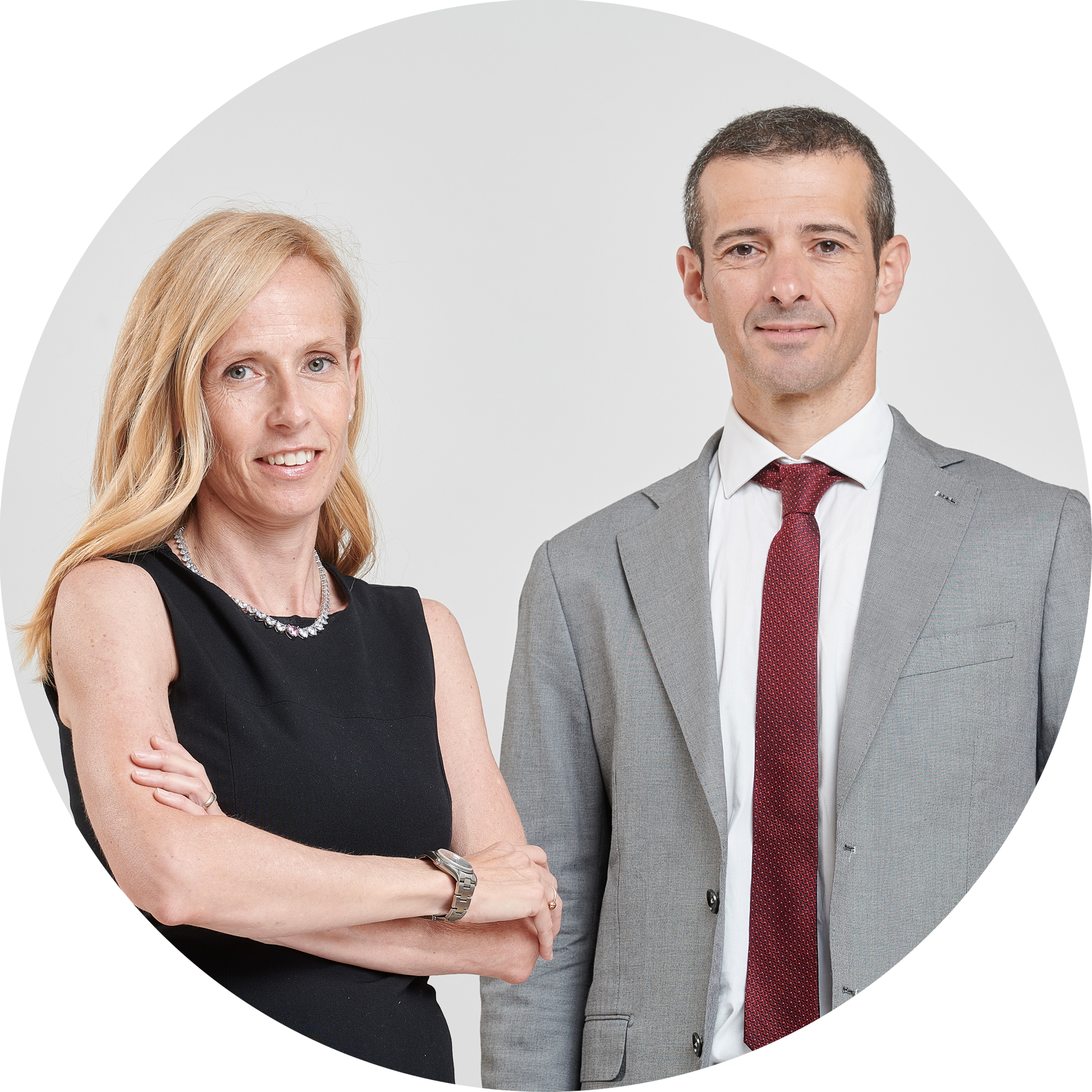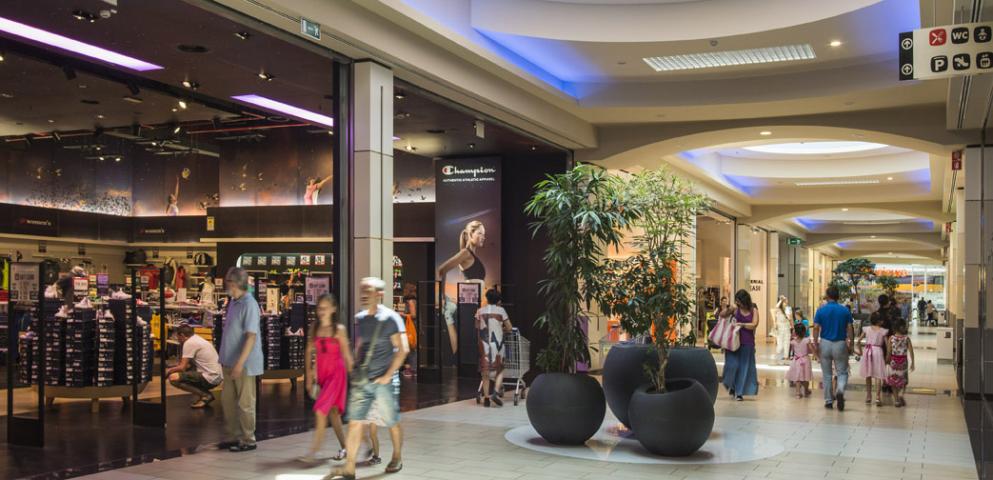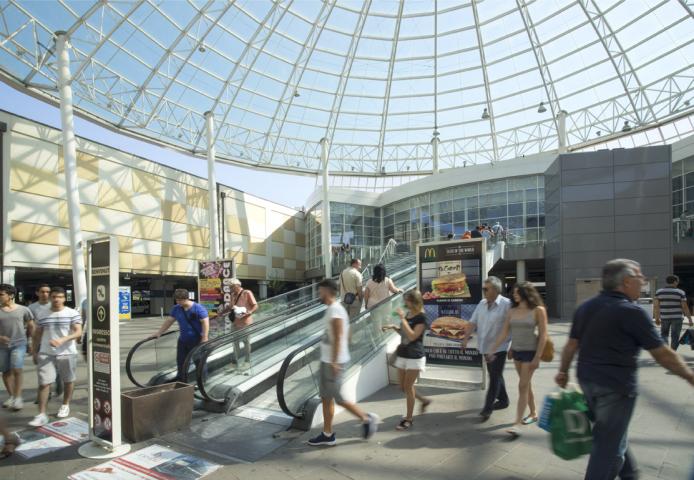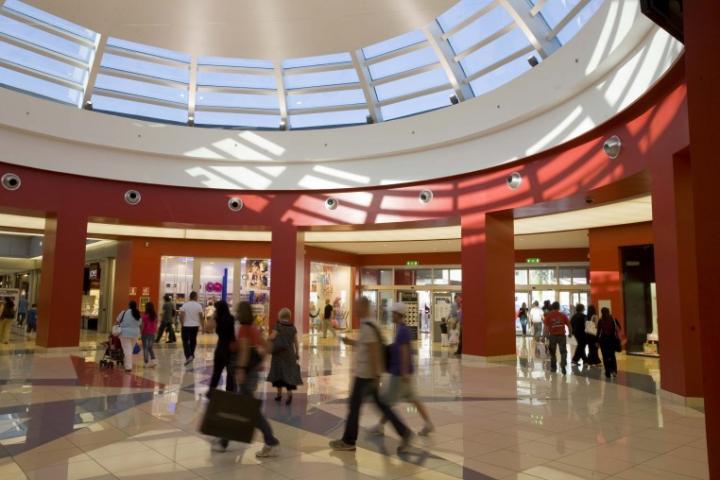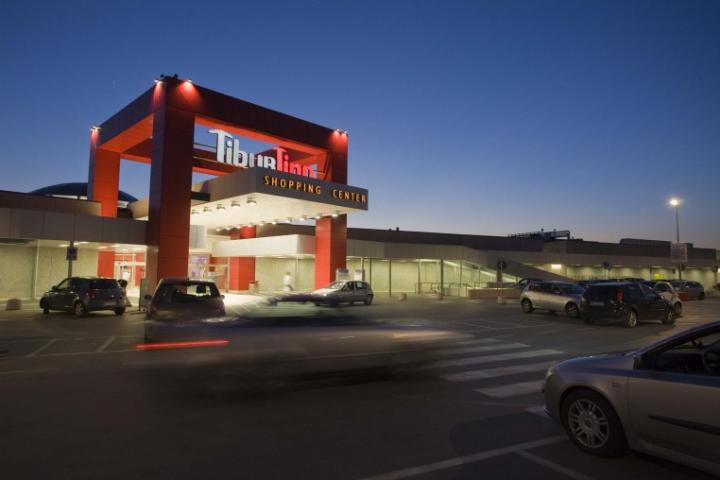An evolved and expanded offering drives strong improvement in operational metrics
Repositioning case studies of two IGD shopping centers
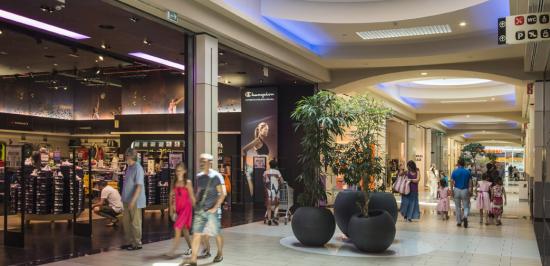
IGD successfully completed a profound repositioning of the retail offering at two of the Group’s important freehold centers in Italy: Puntadiferro in Forlì and Tiburtino in Guidonia, on the outskirts of Rome.
After about a year of hard work, carried out in close collaboration by the Commercial and Asset Management divisions, the results attest to the validity of the choices made: vacancy at both centers is below 3%; in the first quarter of 2023 both centers recorded double-digit growth in footfalls and retailers’ sales against the same period of 2022.
In addition to producing results which fueled concrete improvement in the two centers’ operating performances, this work helped to test and fine-tune an approach which could become a new standard for other initiatives in the future such as, for example, Centro Leonardo in Imola which is the next center where the merchandising and tenant mix will be renewed during restyling.
During an interview with IGD SIIQ SPA’s Laura Poggi, Director of Commercial Department, Marketing and CSR and Francesco Soldi, Head of Marketing and Head of Marketing and Corporate Social Responsibility, they answered our questions about their experiences with these two projects.
What was behind the decision to reposition the offering of the Puntadiferro Shopping Center in Forlì?
L.P. Forlì is a shopping center that we could define as “historic”, very close to and lived by the city which is currently expanding greatly. The industrial zone is being developed further and a new retail park will be opened year-end 2023 in the area right next to our center which will complement what we offer. In light of this and after having analyzed Puntadiferro’s existing offering, we decided to take advantage of a few vacant spaces to improve the average positioning of the stores, strengthen the center’s profile and enhance the retail offer. At the same time, we encouraged the tenants present to restyle their stores in order to be in line with the mall’s new, more pronounced, premium identity.
How did you organize this significant repositioning of the center?
L.P. Firstly, we remodeled and expanded the food court with different formats (for example, we included a food truck in one of our centers for the first time) and dining experiences (introducing both healthy food and traditional regional Italian cuisine). We also changed the merchandising mix by adding higher end brands and a few killer categories in women’s clothing and sportswear, in order to avoid any overlap with the nearby retail park which has a different target. When introducing medium/high-end brands, we focused on both mono- and multi-brand stores. Lastly, we increased the number of personal services, from barber shops to stores specialized in hair products, through beauty treatment centers. Some of the work done also absorbed capex, like the joining of the space needed to accommodate an expanded Stradivarius and the Mango store. We opened a total of 17 new stores with a rotation rate of 13.8%.
What initial impacts did the work done have?
L.P. The enhanced offer expanded the reach of the catchment area, while, at the same time, providing more reasons for the shoppers from the primary catchment area to visit the center. In this way, the vacancy rate returned to around 3%, a big jump compared to the 15% recorded at year-end 2021. Similarly, operating performances improved: in the first quarter of 2023 footfalls at this center were 11.7% higher than in the same period of 2022, while retailers’ sales were up 10.4%. In realty, the new version of Puntadiferro is not yet 100% complete as we are currently working on strengthening the retail offering with other segments where there is room for expansion.
Let’s also look at the Tiburtino Shopping Center project. What drove the decision to revisit the offering?
L.P. In this instance, also, our intention was to optimize the composition of the merchandise in the center while, at the same time, strengthening the appeal with respect to the nearby competition. Based on the analyses we carried out, we found that as a result of the exits caused by the pandemic there were several brands with very similar positioning in our center. We identified which activities might be missing or underrepresented in order to capture different types of customers and respond effectively to the new consumer trends. Toward this end, it was essential that we work with IGD’s Asset Management division. We redesigned a few areas and paths which made it possible to place new attractors in positions which helped to re-channel traffic and correct a few “cold” zones. In order to make such profound changes, a few pre-conditions are needed: in this instance the remodeling of the hypermarket provided us with the right opportunity as the new tenant, Conad, of the space originally occupied by Coop wanted less space.
How did you decide on the new retail mix?
L.P. Our priority was to add a strong attractor next to the hypermarket and we decided on a local brand, Orizzonte, which leverages on convenience, the perfect “non-food killer category”. We also opened up our merchandising mix to the “home” category with the introduction of a few Italian and international brands, as well as a medium/high-end brand in the designer homeware segment. The food category was expanded and rendered more attractive with new domestic and international formats and brands.
Did you also work on the tenant mix?
L.P. Certainly. Thanks to the opportunities that the remodeling provided and the investments made, we opened 16 new stores, for a total of around 11 thousand square meters GLA which represents approximately 27% of the mall’s total surface area. In addition to the space created by reducing the size of the hypermarket, we also grouped two clothing stores together, added a new medium-sized Terranova store and a Pepco convenience store in the mall.
How long did it take to complete the work on the entire retail repositioning of the Tiburtino Shopping Center?
L.P. We are talking about a job that took us more than 9 months to complete. In reality, a year is often considered the minimum amount of time needed to complete a repositioning of this magnitude. In order to have an economic return which justifies the investments it’s important to make the most of the leases that are expiring, in order to have maximum flexibility during the renewal phase.
What initial impacts have you seen?
L.P. Firstly, occupancy which at Tiburtino went from the 89.1% recorded at year-end 2021 to 97% at the end of March 2023. The effectiveness of the remodeling and the reletting carried out also resulted in a net increase in the operating metrics recorded in first quarter 2023 with retailers’ sales climbing 19.3% and footfalls up 15.3% compared to the same period of 2022.
In general, how do you carry out these retail repositioning transactions, do you need to change the structure of the leases?
L.P. In principle, the structure of our leases remains unchanged, with the typical expirations. We also request that any break options signed include very long notice periods in order to ensure a return on our initial investment.
How are you addressing high inflation in the new leases?
L.P. Even if we receive requests, we do not put any cap on the ISTAT adjustments. We look at each individual case and in some instances we might use step up mechanisms to accommodate strategic tenants.
Once the repositioning is completed, how do you communicate with the center’s potential shoppers?
F.S. For Puntadiferro we focused, above all, on the digital channels, while at Tiburtino we also used targeted signage. As we have stated many times, each shopping center has a catchment area with different characteristics and needs which we must know how to interpret through the mix of merchandise that we offer and the communication strategy we use.
Have events begun playing a part again?
F.S. I would say definitely yes. The aftermath of the pandemic affected two, very different, groups in particular: the elderly were, in fact, the last ones to begin going to shopping centers again, still frightened by the memory of how fragile the fear of infection made them feel, and the teenagers, who reacted to the long months of confinement by wanting to be outside as long as possible. With things back to normal, today all of that is behind us and events have once again become key to bringing people together, with a growing number of people willing to attend. If in 2019 IGD organized 700 events, in 2022 we were satisfied with the 531 events we organized, particularly if you consider that in the first 4 months of the year we organized very few events due to the persistence of the pandemic and the hesitancy to attend that many people still felt. Today these concerns about large gatherings have disappeared and events are as appealing as they were in 2019.
Have you changed the type of events you are organizing?
F.S. Our goal is still to organize events that attract and are of interest to a multitude of targets, from mall shoppers to people living in areas close to the shopping center. For this reason if, on the one hand, we offer entertainment to young people interested in meeting TicTokers or YouTubers, on the other, we organize artistic, scientific and cultural events. An example of this is a well-known Italian theoretical physicist, capable of attracting a large audience, across all age groups, who spoke at a few of our shopping centers.
What feedback have you received in the surveys that you conduct periodically of the center visitors?
L.P. The surveys we have conducted indicate that the spirit expressed in our pay-off “IGD – Spaces to be lived in” is, once again, taking shape. People are returning to the shopping center to pass the time enjoyably and do some shopping. We hadn’t seen answers like these in market studies in years. The third “wave” of visitor surveys conducted in seven of our shopping centers in the period between year-end 2021 and February 2023 provided growing evidence that people have rediscovered the pleasure of going to shopping centers. Even if spending power is less than in 2019, due to inflation, people are coming more often. So we need to make sure that what we offer in each shopping center reflects the new trends and meets people’s expectations.
Share


